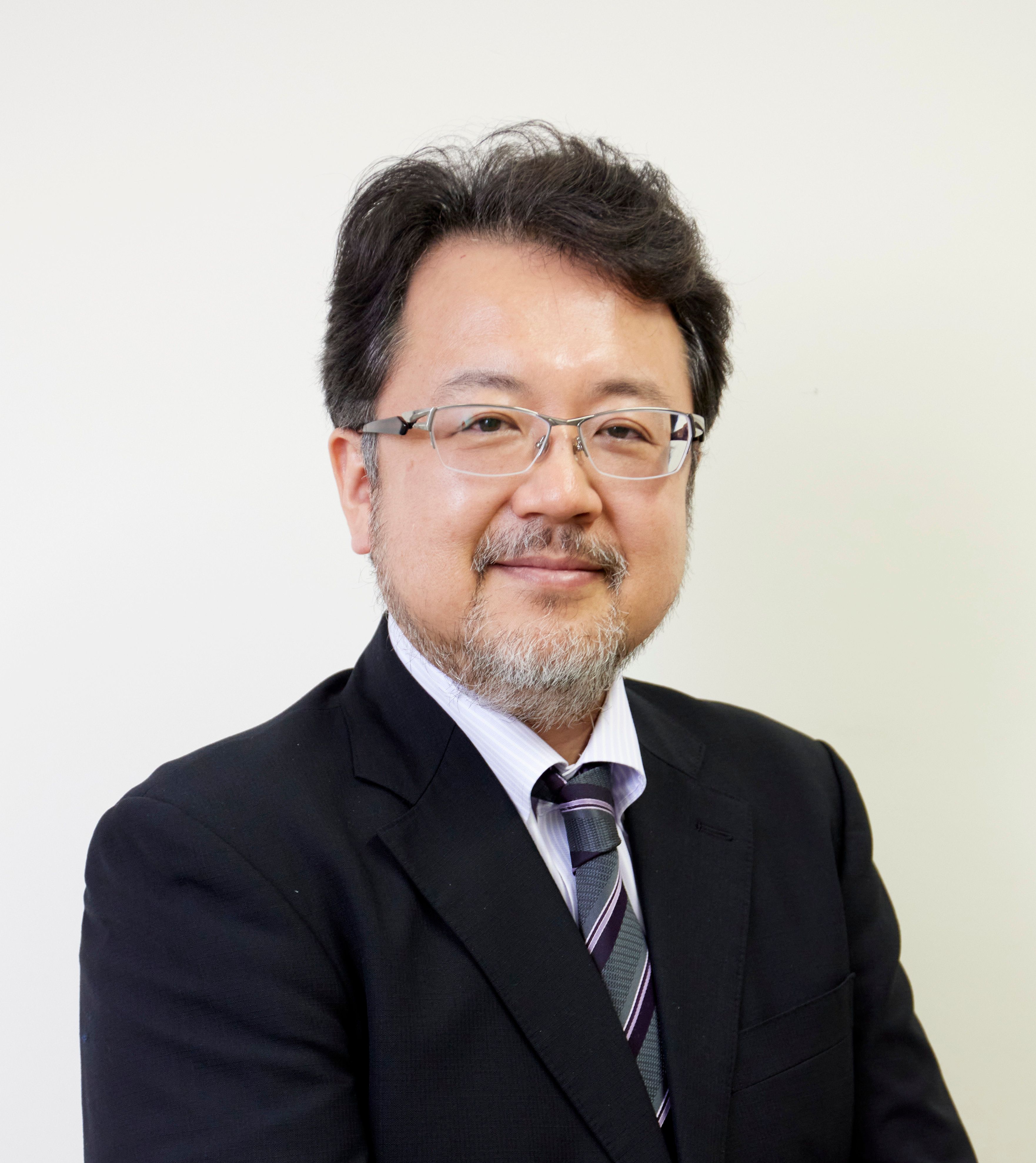Article
Expanding the focus of UVC light as an infection prevention tool
The threshold limit value is increased for virus and bacterial eradication.

By Sachiko Kaidzu, PhD, and Masaki Tanito, MD, PhD
The American Conference of Governmental Industrial Hygienists (ACGIH) recently took a step regarding the ocular safety threshold of ultraviolet C (UVC) light exposure, the first such change in 50 years, and increased the threshold limit value (TLV) of UVC for virus inactivation.
The revision of the safety threshold value of UVC enables the use of virus-inactivation UVC lamps (222-nm lamp) with more powerful settings. Our animal experimental data may have played a critical role in this long-awaited revision.
Radiation types
UV radiation is subdivided into UVA in wavelengths ranging from 315-400 nm, UVB 280-315 nm, and UVC 200-280 nm in descending order. Regardless of the wavelength, UV light has been considered harmful to the human body.Chronic UV exposure not only causes premature skin aging, known as photoaging, but also can cause skin cancers.
Sachiko Kaidzu, PhD

Masaki Tanito, MD, PhD

In the eye, many studies have been conducted on the effects of UV radiation and have reported that it causes acute keratitis, pterygium, conjunctival tumors, and cataracts. However, most of the studies reported the effects of UVA and UVB, with only a few on the effects of UVC, since it is absorbed by the ozone layer and does not reach the earth's surface.
Recently, it has become clear that short-wavelength UV, called Far-UVC, has germicidal effects on viruses and bacteria, but is much less hazardous to living organisms, including humans. With the spread of COVID-19, 222-nm UVC, a Far-UVC, is getting a lot of attention as a new infection prevention tool that can be used with humans. The ACGIH determined the UV exposure limit for an 8-hour workday as the TLV, which is about 22 mJ/cm2 for 222-nm UVC. However, this value was determined based on a study reported more than 40 years ago.
Work leading to revised TLV for UVC
We reevaluated UV-induced corneal damage by irradiating rat corneas with
UV light of 5 different wavelengths and then assessed the corneal damage using two indexes, the Meyer ring and fluorescein staining, and compared them to unirradiated corneas.1 UVC in the range of 254 nm caused the most corneal damage because it is close to the maximal absorption wavelength of nucleic acids, and corneal damage occurred with an irradiation dose of only 20 mJ/cm2.
Corneal damage also was observed at 300 mJ/cm2 for 235-nm UVC and 600 mJ/cm2 for 311-nm UVB, while 222- and 207-nm UVC, the Far-UVCs, caused corneal damage at 5,000 and 15,000 mJ/cm2, respectively. These values are 250 and 750 times higher than those of 254-nm UVC, indicating that Far-UVC is significantly less hazardous to the cornea.
We conducted another study in which we further examined the penetration depth of each wavelength of UV light on the corneal tissue using the cyclobutane pyrimidine dimer, a marker of UV-induced DNA damage, as an indicator.2 The UV penetration depth in the rat central corneal epithelium is wavelength-dependent, and Far-UVC, at wavelengths of 207 and 222 nm, penetrated only the superficial layers of the corneal epithelium, which is sloughed off within approximately 24 hours by the physiologic turnover cycle. This extremely low penetration into the cornea and the rapid turnover cycle of the corneal epithelium may be the primary reason for the substantially less hazardous Far-UVC effects.
The UV penetration depth in the rat corneal limbal epithelium also was wavelength-dependent; the 207- and 222-nm UVC only reached the superficial layer of the corneal limbal epithelium and not the basal area where corneal epithelial stem cells exist. These results suggests that the turnover cycle of the corneal epithelium is unaffected by Far UVC, and that pterygium and conjunctival tumors, which are caused by UV exposure, are unlikely to develop. The study conclusions are that the Far-UVCs are less hazardous to the eye than previously thought.
The ACGIH second look
In 2022, the ACGIH revised the TLVs for short-wavelength UV radiation shorter than 240 nm for the first time in nearly 50 years, not only raising the TLV for 222-nm UV-C from 22 mJ/cm2 to approximately 160 mJ/cm2, a 7-fold increase, but also separately evaluating the eye and skin, which previously had been evaluated together.
The research conducted at Shimane University was a major contribution to this revision. The 222-nm UVC has the advantages of not producing resistant bacteria and not being affected by viral mutations, in addition to its ability to be used in humans. As a result of the revised TLV, it is expected that 222-nm UVC can be used more effectively, and its range of applications will be further expanded.
Sachiko Kaidzu, PhD
E: kecha@med.shimane-u.ac.jp
Sachiko Kaidzu, PhD, is from the Department of Ophthalmology, Shimane University Faculty of Medicine, Izumo, Shimane, Japan.
Masaki Tanito, MD, PhD
E: mtanito@med.shimane-u.ac.jp
Masaki Tanito, MD, PhD is chairman the Department of Ophthalmology, Shimane University Faculty of Medicine, Izumo, Shimane, Japan.
References
1 Kaidzu S, Sugihara K, Sasaki M, et al. Evaluation of acute corneal damage induced by 222-nm and 254-nm ultraviolet light in Sprague-Dawley rats. Free Radic Res 2019;53:611-617. doi: 10.1080/10715762.2019.1603378. Epub 2019 May 27.
2 Kaidzu S, Sugihara K, Sasaki M, et al. Re-Evaluation of rat corneal damage by short-wavelength UV revealed extremely less hazardous property of far-UV-C. Photochem Photobiol 2021;97:505-516. doi: 10.1111/php.13419. Epub 2021 May 3.
Newsletter
Don’t miss out—get Ophthalmology Times updates on the latest clinical advancements and expert interviews, straight to your inbox.





